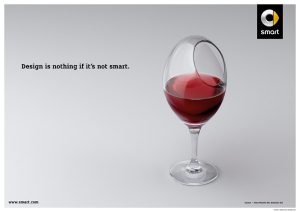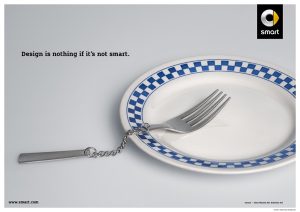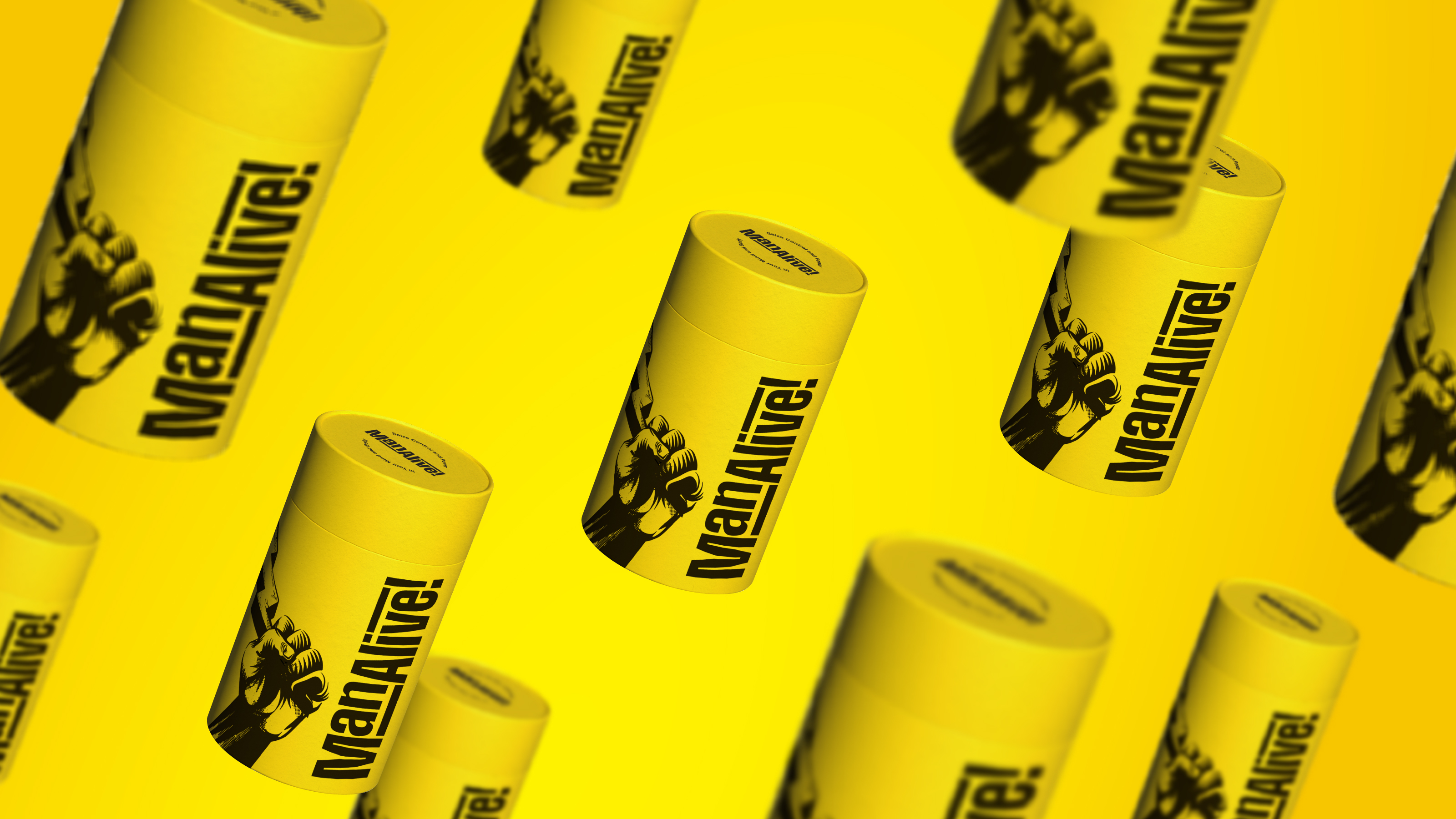In the run up to Valentine’s Day, with all this talk about love, we got thinking about beauty. Not just beautiful people, but beautiful brands. But what really is beauty, and what value does it hold in today’s heavily oversaturated visual culture?
Lets discuss aesthetics – a branch of philosophy that deals with art, beauty, and taste. First, we must understand subjectivism and the idea of each mind perceiving a different beauty. Not only that, but also that what makes a painting beautiful is altogether different to what makes music beautiful. The same can be said across all disciplines; after all, beauty lies in the eye of the beholder.
Everywhere you look there are billboards advertising products you don’t need, and posters telling you about events you won’t go to. More often than not, they haven’t been designed to be beautiful. They have been designed for a specific purpose; to serve a function. But at what point does the lack of aesthetic consideration become a hinderance to the effectiveness of a design? Should the search for beauty be primary to how it works? Or should it’s purpose dictate the way in which it looks?
These are all valid questions – and it all harps back to the age-old argument of form versus function (or as we like to call it, delivery and destination). Often when discussing ideas with clients we touch upon the importance of strategy and design. It is the synergy between the two that produces the best design – without one, the other is futile. Paul Rand, a true pioneer of ‘good design’, understood this. He believed that to suggest a dichotomy between form and function would be counter productive in the search for beauty.
Lets use an example…
A perfect example of design that went out of its way to prioritise form over function is Philippe Starck’s Juicy Salif (pictured above). Although now considered a piece of modern art, having cemented its place in the Museum of Modern Art in New York, it originally caused a lot of controversy. It defied one of the most basic rules of design; if an object has to perform a certain function, then its form must aid that function. It was meant to juice lemons – which, by the way, it’s not very good at. So much so that on the 20th anniversary of its release, Alessi produced 10,000 gold-plated versions. These were never intended for use (as the citric acid in the lemon caused the juicer to become discoloured). But as Philippe Starck is rumoured to have once said: ‘It’s not meant to squeeze lemons, it is meant to start conversations’.
So if you’re looking for beautiful and – more importantly – effective design, it is without a scintilla of doubt the precarious balance of form and function, beauty and behaviour, delivery and destination, that you are searching for. Which is something that we just happen to be experts at. Drop us an email at hello@wonderstuff.co and see how we can help aid you in your search.
And remember, when life gives you lemons… don’t use the Juicy Salif Gold Limited Edition.
Interesting Example | Design is Nothing if it’s not Smart…


